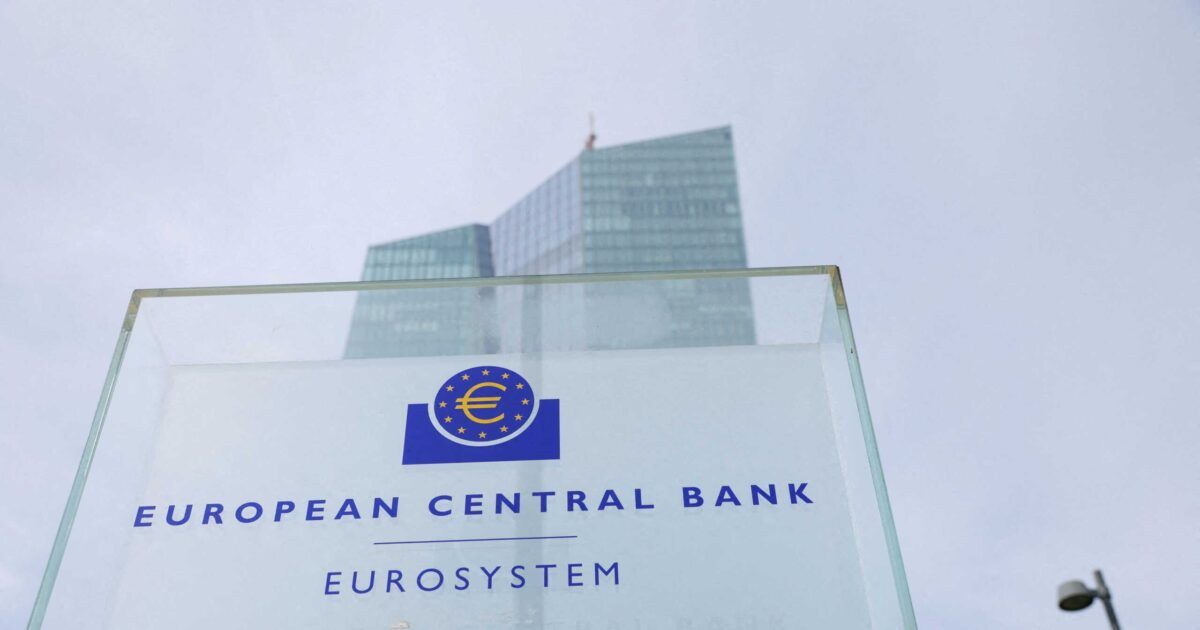After 8 consecutive reductions or European Central Bank lowers the curtain of reductions in interest rates. Inflation moves to 2%, so the ECB has achieved its main goal and has the room to evaluate the economy’s course in the eurozone, mainly the impact it will receive from the imposition of tariffs on European products exported to the US based on the previous Sunday’s trade agreement.
European sources say that only if there is a downward deceleration in the eurozone due to duties, the ECB can consider a new interest rates by 0.25 percentage points in December. This is not the powerful scenario anyway.
Frankfurt’s image of the European – USA trade agreement is summarized in the phrase “the non -harmful, optimal” as 15% is a much smaller size than 30% duties with which Donald Trump threatened. On the other hand, it is assumed that there will be an impact on key sectors of European industry, but so far, it can be valued its extent and depth.
Thus, the ECB is not going to change its forecasts on the course of inflation and growth. Inflation is estimated to move to 2% this year and will drop to lower levels in 2026. Growth is estimated to move at 0.9% in 2025 and rise to 1.1% next year.
EUROSTAT data published this week showed that in the second quarter of the year, the eurozone responded without losses to the climate of international economic turmoil caused all the time due to Trump pre -duties. Growth rose 0.1% in the second quarter compared to the previous one while on a yearly basis it was 1.4%.
However, duties have not yet left their full fingerprint on the European economy, which is expected to be seen in the coming months, while the concern for the sick and fragile growth rates that the eurozone is overall, especially its large economies, remains.
It is indicative that Germany has achieved a negative growth of 0.1% in the second quarter this year compared to the first quarter (0.4% on an annual basis), Italy also moved negatively (-0.1%) in the second quarter compared to the first (0.4% on a year) while France was moving at a positive territory (0.4%). 0.7% on an annual basis.
